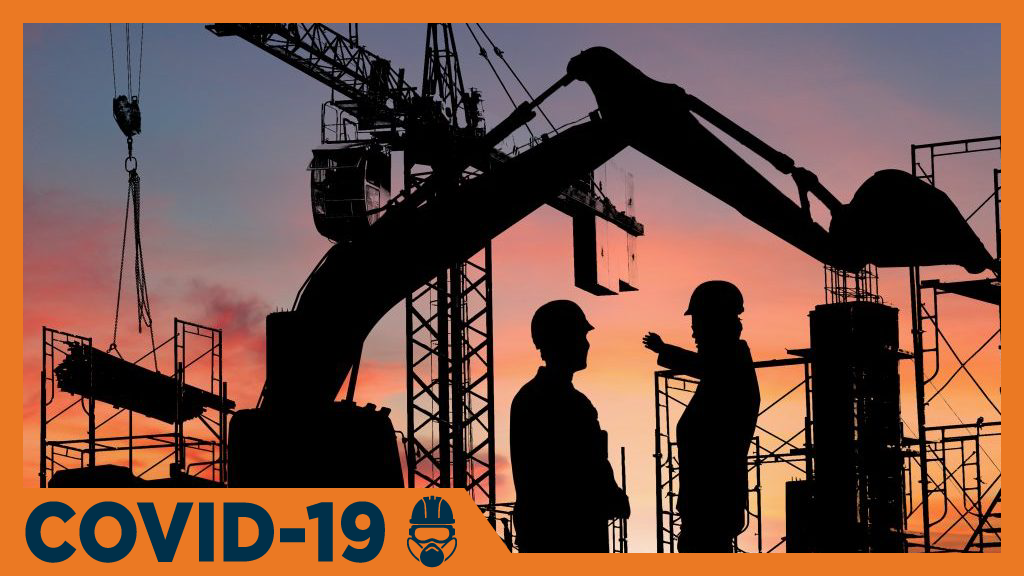What constitutes “shovel-ready” is a topic much under debate as government’s around the world look to transform their hard-hit economies through infrastructure stimulus measures. New Zealand Prime Minister Jacinda Ardern has been earning international accolades for her handling of the COVID pandemic and will begin rolling out plans for economic recovery and stimulus. Canada can perhaps draw from the New Zealand’s experience.
As part of their recovery efforts New Zealand’s government called for shovel-ready infrastructure projects with a 12-month deadline for metal to hit mud. The country’s infrastructure agency (Crown Infrastructure Partners) has the job of shortlisting projects for cabinet to consider and will advise on changes to legislation to help projects get constructed quicker. Legislation has already been introduced to fast-track environmental approvals.
The response to the call for shovel-ready plans produced a mixed bag of 1,800 projects. Some municipal councils threw in almost everything they had in their capital asset plans. Others submitted a targeted list that could prove transformational for their communities and regions. Hamilton, near Auckland, provided the gold standard with a more structured regional ask based around their vision where everything residents need is 20 minutes from their home.
Role of municipalities
The experience of New Zealand is instructive. Canadian governments will first look to repair and maintenance jobs that get people to back work within days and weeks. For the longer-term New Zealand’s government has been vocal about investments having a multiplier effect, reflecting the higher policy and economic goals of the country and providing a community legacy. They talk of decarbonizing, fixing their housing crisis and investing in people’s wellbeing through schools and hospitals and other critical pieces of social infrastructure. These priorities will sound familiar in Canada.
Canadian municipalities submitting projects need to think about not only what they want to receive from stimulus, but how these projects align with federal and provincial agendas. Proposals need to demonstrate a strong cost-benefit, a quick turnaround and consider factors such as climate change and the role of First Nations. The best proposals will draw in regional partners and demonstrate that investments can potentially transform communities and regions. Municipalities and provinces will need to step up by making sure procurement and permitting processes are efficient and get projects moving quickly.
Shovel-ready in Canada
Canada’s situation is more pressing given construction is limited to warmer months, scheduling and project workflow need to move quickly or prime building months will be lost. Canada is in a strong position for two main reasons: many governments have asset management plans in place so there is a clearer idea of what infrastructure is most in need of repair and replacement; and there is already a list of large infrastructure projects in motion that could be accelerated. All of Canada’s 10 largest cities, except Winnipeg, have proposed light rail projects for example.
Another factor that helps Canada is the role the Canada Infrastructure Bank has been playing over the last couple of years. With a mandate to find infrastructure projects with potential to draw in private finance towards a multiplier effect, they have been actively meeting with governments across Canada and a growing project pipeline.
Jobs and a legacy
Headline grabbing megaprojects take time and planning. If that is the route governments want to go, they should be realistic about timelines to start work onsite and the effort needed to get local stakeholders on board. Job creation does not just start when shovels hit the ground, many jobs are created in planning, design and engineering – the stage with the greatest impact on project risk and value for money.
Speed is critical but should not come at the sacrifice of everything else. Less glamorous maintenance and repair provides the best short-term bang for buck. As New Zealand has shown, on more ambitious projects, transparency should be paramount to ensure projects are chosen on merit and stand up to scrutiny. That is the best way to make sure investments deliver jobs now and a legacy for the future.
Genevieve Young is president and chief operating officer with Global Public Affairs. Send comments and Industry Perspectives Op-ed ideas to editor@dailycommercialnews.com.










Recent Comments